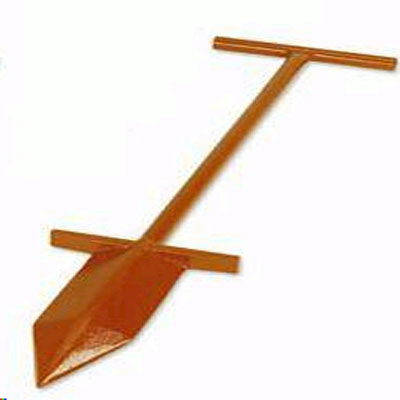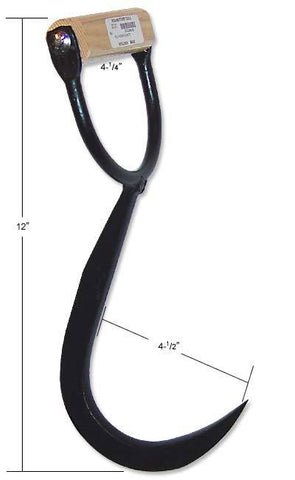I would still personally temper that statement to instead read "most likely" so it leaves open the possibility that it is for another purpose. The truth is that we are merely guessing, and while we are doing so with reasonable supporting evidence, there is still room for error. It's even possible, for instance, that it began its life a stirrup dibble with a thicker probe to it that was then forged out into its current shape, for some other application. It is obviously a piercing tool of some sort, however, and intended to cut into some form of semi-resistant substrate, whether that be soil or turf of some kind, or another similar medium such as hay or peat. Those qualities are not inconsistent with use as a dibble, but I would ask if you feel that the seemingly fairly thin blade is capable of adequately resisting torqueing force when buried in soil, as a spade-like dibble would need to be levered laterally much like tree planting bars are.




